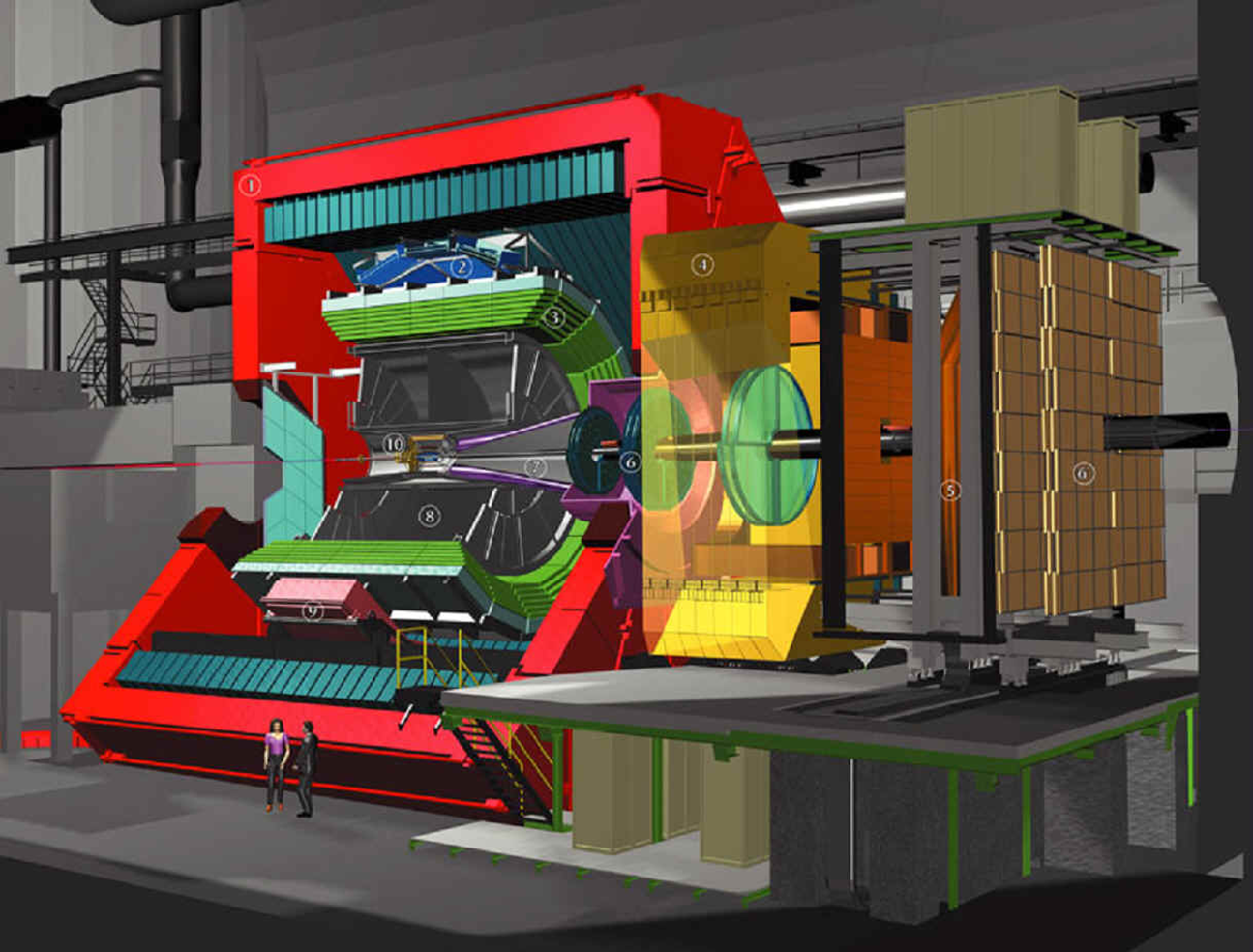|
13.02.2012
PMBOK |
|
12.02.2012
PROJECT OBJECTIVE: Create a grid-complex of State Clinical Research Telemedicine Center in Kiev, to work out basic services for the transport of medical data from a regional telemedicine departments and branches with the help of telecommunication technologies to implement grid-based application for automated processing of medical information, including EKG studies and radiological examinations in standardized formats and communications standards. |
|
23.01.2012
Distributed Research Infrastructure for HydroMeteorology The proposed DRIHM (Distributed Research Infrastructure for Hydro-Meteorology) project intends to develop a prototype e-Science environment to facilitate this collaboration and provide end-to-end HMR services (models, datasets and post-processing tools) at the European level, with the ability to expand to global scale. The objectives of DRIHM are to lead the definition of a common long-term strategy, to foster the development of new HMR models and observational archives for the study of severe hydrometeorological events, to promote the execution and |
|
22.01.2012
A worldwide e-Infrastructure for NMR and structural biology The main objective of WeNMR is to establish an e-Infrastructure-based global virtual research community for structural biology in the life sciences. To this end six objectives are defined: |
|
22.01.2012
|
|
22.01.2012
|
|
22.01.2012
In the past few years the lagoon (technically a haff-delta) has been threatened by a decrease in water quality due to industrial, urban and agricultural effluents, but thanks to the Ria’s economic, ecologic and cultural importance, there is a strong push to preserve its ecosystem. The key to long-term sustainability is efficient management and to achieve that, decision-makers need to have a solid understanding of this environment. |
|
22.01.2012
|
|
22.01.2012
|
|
22.01.2012
|



|
 English English
 Ukrainian Ukrainian
|
 Enter Enter
 Registration Registration
|

|
Journal of UNG
| © 2011-2012, Bogolyubov Institute for Theorethical Physics | Site Information | Developed in MCG |

 The
The  Grid computing is helping palaeontologists to understand better how dinosaurs moved around and what roles they played in their ancient world.
Grid computing is helping palaeontologists to understand better how dinosaurs moved around and what roles they played in their ancient world. The Aveiro Lagoon in Portugal is a national treasure. With a length of about 45km and separated from the Atlantic Ocean by a sandy dune barrier, this shallow lagoon is one of Europe’s last pristine coastal marshes and a haven for many bird species.
The Aveiro Lagoon in Portugal is a national treasure. With a length of about 45km and separated from the Atlantic Ocean by a sandy dune barrier, this shallow lagoon is one of Europe’s last pristine coastal marshes and a haven for many bird species.  Velibor Isailovic at the Jaroslav Cerni Institute of Water Resources in Belgrade, Serbia is leading the development of LizzaPAKP, an application designed to simulate groundwater flow using a finite element numerical model. The application integrates PAKP (a numerical solver which uses Darcy’s Law of flow to describe how water moves through porous materials) with Lizza a user-friendly desktop interface.
Velibor Isailovic at the Jaroslav Cerni Institute of Water Resources in Belgrade, Serbia is leading the development of LizzaPAKP, an application designed to simulate groundwater flow using a finite element numerical model. The application integrates PAKP (a numerical solver which uses Darcy’s Law of flow to describe how water moves through porous materials) with Lizza a user-friendly desktop interface. Developing a Global Imaging Laboratory based on Grid/Cloud computing to help develop drugs for Alzheimer's disease
Developing a Global Imaging Laboratory based on Grid/Cloud computing to help develop drugs for Alzheimer's disease DNA sequencing is becoming faster and cheaper, outrunning the ability to store, transmit and analyze the data.
DNA sequencing is becoming faster and cheaper, outrunning the ability to store, transmit and analyze the data.